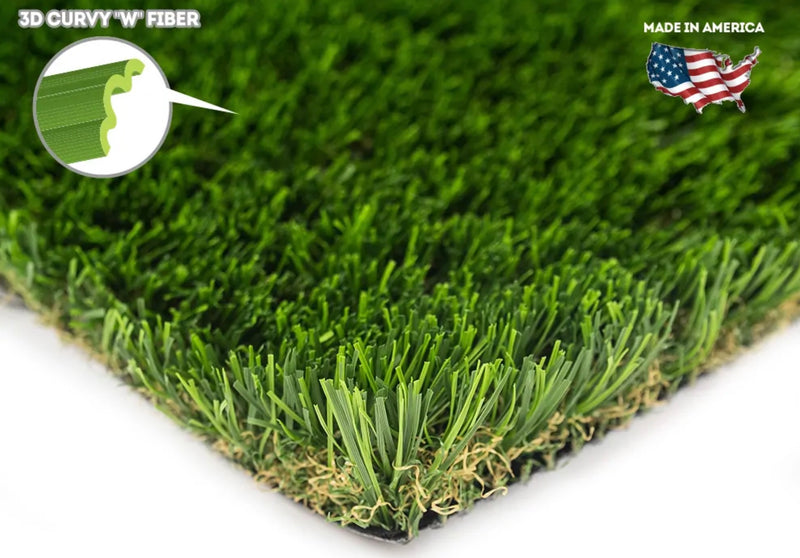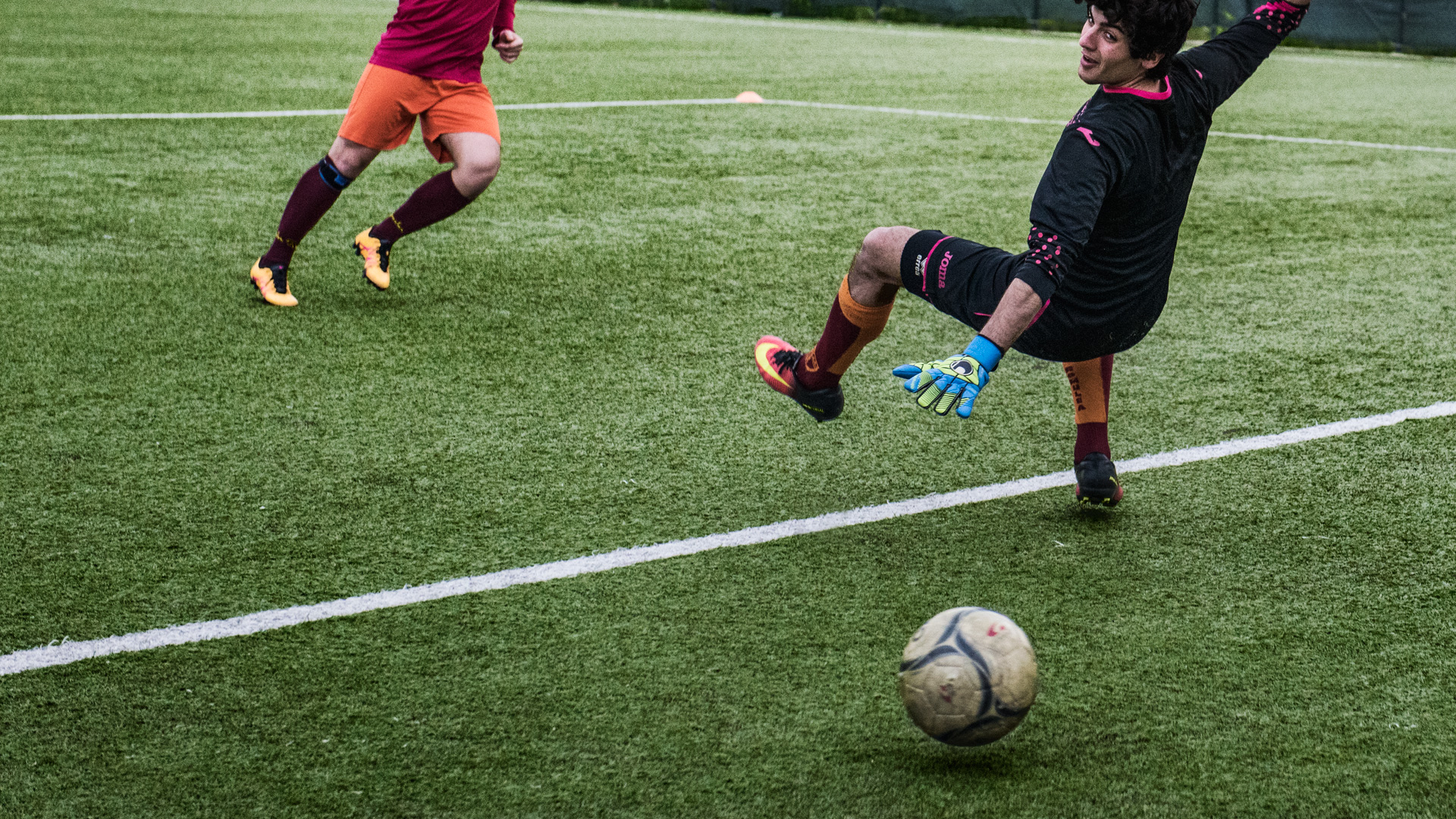Premium Arizona Turf Installation Solutions for Homes and Commercial Properties
Premium Arizona Turf Installation Solutions for Homes and Commercial Properties
Blog Article
Explore the Environmental Advantages of Opting for Synthetic Grass Solutions
The adoption of man-made grass solutions provides an engaging chance to resolve pushing ecological obstacles. By significantly decreasing water use and decreasing the application of unsafe chemicals, these alternatives not just promote sustainable landscaping however likewise protect local environments.
Water Preservation Perks
One of the most substantial advantages of artificial grass is its capability to conserve water. In comparison, artificial grass does not need watering, considerably reducing the total need for water resources.
By removing the requirement for regular watering, synthetic grass adds to lasting landscape practices and aids reduce the ecological effect of extreme water consumption. In addition, the conservation of water prolongs to the decrease of runoff, which can bring about soil erosion and river air pollution.
Additionally, the installation of fabricated turf enables communities and house owners to allocate water resources much more efficiently, concentrating on crucial uses such as drinking water and farming. The shift towards synthetic grass not just promotes accountable water use however additionally straightens with wider ecological objectives focused on preserving all-natural resources.
As communities increasingly prioritize sustainability, the water conservation advantages of synthetic grass provide an engaging situation for its fostering in household and business landscaping projects.
Reduced Chemical Usage
The shift to fabricated lawn dramatically reduces the dependence on chemical therapies frequently utilized in all-natural grass maintenance. Traditional lawn management normally entails the application of herbicides, pesticides, and plant foods to advertise growth and control parasites. These chemicals can pose threats to human health and wellness, regional wildlife, and the setting, adding to dirt and water contamination.
In comparison, synthetic lawn eliminates the requirement for these dangerous materials. By decreasing the launch of synthetic substances right into the environment, artificial grass promotes much healthier soil and water systems.
Additionally, the lack of chemical runoff connected with artificial grass installations assists secure regional rivers from contamination, sustaining water life and keeping biodiversity. Phoenix turf companies. As areas significantly prioritize sustainable practices, opting for synthetic grass offers a viable service that aligns with ecological conservation objectives. Via this shift, homeowner can enjoy lavish eco-friendly rooms without jeopardizing eco-friendly wellness, leading the way for a much more lasting future
Lower Carbon Impact

Furthermore, the setup of man-made turf can additional reading lead to significant water preservation. All-natural yards call for significant quantities of water for watering, which not just includes in the carbon footprint connected with water extraction and therapy however likewise pressures local water resources. On the other hand, synthetic grass requires very little upkeep, requiring no watering, consequently substantially reducing water use and its connected energy expenses.
Furthermore, the long life of synthetic grass adds to its reduced carbon impact. With a lifespan of up to 15 years or more, the need for frequent replacements is diminished, causing much less waste and reduced power usage in manufacturing and taking care of typical yard alternatives. Overall, synthetic grass provides a sustainable option for environmentally aware landscape design.
Habitat Preservation
Environment conservation is an important consideration in the debate over landscape design selections, specifically when comparing synthetic grass to all-natural grass. All-natural turf yards usually call for considerable maintenance, consisting of the usage of plant foods, chemicals, and herbicides, which can adversely affect regional communities. These chemicals can seep into the dirt and waterways, damaging native vegetation and fauna and interfering with regional environments.
Man-made grass removes the demand for harmful chemicals, thus protecting nearby wildlife and maintaining the integrity of surrounding ecological communities. The installment of fabricated lawn can lead to the conversion of previous turf locations into more biodiverse landscapes, such as pollinator gardens or indigenous plant locations, which can sustain neighborhood wild animals.
Inevitably, the change to synthetic grass not just preserves water and lowers upkeep initiatives however also fosters an extra unified partnership in between human activities and the natural surroundings, advertising habitat preservation at the same time.
Long-Term Sustainability
Lasting sustainability is an essential consider evaluating the visit site benefits of man-made turf over conventional grass yards. Among the most substantial benefits of synthetic grass is its durability; it can last approximately 15-20 years with very little maintenance, whereas natural yard needs frequent reseeding and Web Site substitute. This longevity minimizes the demand for continuous resources, such as water, plant foods, and pesticides, which are necessary for preserving a healthy and balanced turf yard.
Furthermore, synthetic grass adds to a reduction in carbon exhausts connected with lawn care devices. Traditional grass typically call for gas-powered lawn mowers, trimmers, and blowers, all of which add to air pollution. Phoenix turf companies. On the other hand, synthetic grass gets rid of the demand for such devices, advertising a cleaner environment
Additionally, the manufacturing of synthetic grass progressively uses recycled materials, boosting its sustainability account. As suppliers adopt environmentally friendly techniques, the environmental footprint of artificial turf remains to diminish.

Final Thought
The fostering of synthetic grass services presents considerable ecological benefits, including considerable water preservation, decreased dependence on dangerous chemicals, and a lower carbon impact. In addition, artificial grass aids in preserving natural environments by reducing land disruption and promoting lasting sustainability through using sturdy products. Collectively, these variables underscore the capacity of synthetic lawn to contribute positively to ecological wellness and provide a practical choice to traditional landscaping techniques in an increasingly resource-conscious globe.
In contrast, man-made lawn does not need watering, considerably minimizing the overall need for water resources. By decreasing the release of synthetic substances into the community, man-made lawn advertises healthier dirt and water systems.
Furthermore, the installation of synthetic grass can result in significant water conservation. In comparison, fabricated lawn requires marginal upkeep, needing no watering, therefore dramatically reducing water usage and its associated energy prices.

Report this page